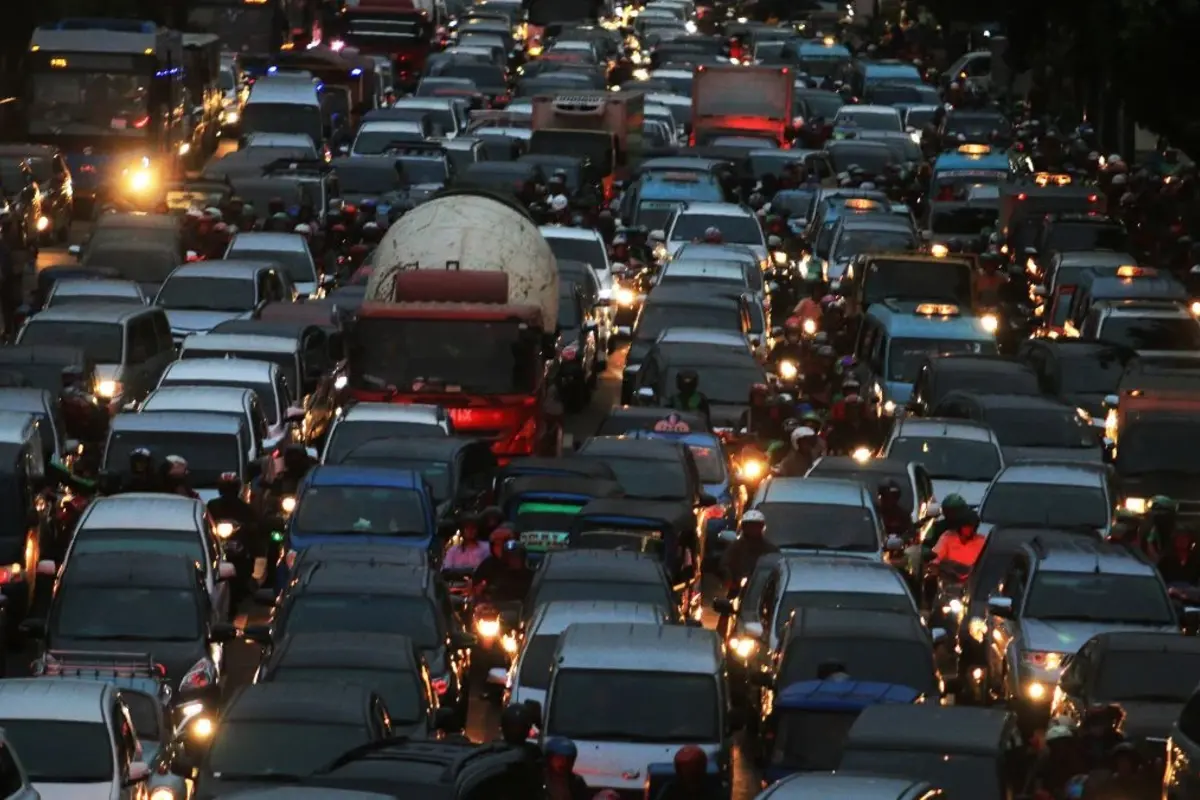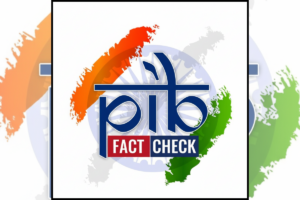
Bengaluru is renowned for its thriving tech sector and terrible traffic. According to a recent assessment, the city has been losing $19,725 billion a year as a result of traffic jams, congestion, signal interruptions, lost productivity, wasted fuel, and other problems.
Insufficient infrastructure
The report by traffic expert M N Sreehari and his team examines problems with road planning, flyovers, traffic control, and insufficient infrastructure.
According to the study, Bengaluru has lost 19,725 crores for road users despite having 60 fully functional flyovers in the city because of delays, congestion, stoppages at signals, interference of slow-moving vehicles with fast-moving, fuel loss, occupants’ time loss, loss of the vehicle time when converted into money based on salary, and other factors.
The increased expansion in the IT sector’s employment has led to the development of all linked amenities, including housing and education, to name a few. Due to this, there has been a remarkable increase in the population of 14.5 million people and the number of vehicles by around 1.5 crore.
Also read: Police Did Not Act, Sought Age Proof: Family Of Teen Raped, Killed In Bhilwara
Bengaluru is predicted to grow from 88 square kilometres to 985 square kilometres in 2023. According to the report, the metropolis should grow to a size of 1,100 square kilometres.
“On the other hand, the increase in road length is not correlated with the increase in vehicles and land area. According to the assessment, the road’s approximate 11,000 km total length is insufficient to accommodate all of our journeys and transport needs.
“The present infrastructural growth could not keep up with the population’s exponential increase and the speed of their potential employment. According to Mr Sreehari and his team, the gap insufficiency has caused delays, traffic, longer travel times, and significant economic loss (intangible) in terms of direct and indirect costs.
Also read: India’s Stand Against Radicals Is “Remarkable” Tweets Arab Influencer; See Why Did He Say So
According to Mr Sreehari, the city requires radial roads, ring roads, and circle routes that are connected by radial roads every five kilometres. These circular routes include ORR, PRR, and STRR. It is also well known that even though STRR was long ago planned, prices for construction and maintenance have increased as a result of problems with land acquisition.
Underground transportation
To accommodate the increase in traffic over the next 25 years, more underground-based road networks have also been suggested by experts. According to the study, the government should look at underground transport for government buses and metros with openings every 1-2 km.
The report also recommended that the government do away with on-street parking because pathways are intended for legal pedestrian walking while highways are intended for vehicular travel. “As a transport expert, I have failed to show even one road in Bengaluru without parking,” Mr Sreehari claimed.
The team criticised the use of private transportation systems and advocated for more public transportation including metro, monorail, and high-capacity buses. It was also suggested to employ VMS [Variable Message System] for road users to combine robotics and artificial intelligence.
“In addition to the camera and sensor system, deploy sufficient personnel for the surveillance of offenders and prompt action plans. Exploring underground transport, particularly for metros, government buses, etc., offers openings every one to two kilometres and escape routes because the entire road system is bustling with activity. The study stated that this would also cover ventilation and other needs during the catastrophe.
To read more such news, download Bharat Express news apps



















